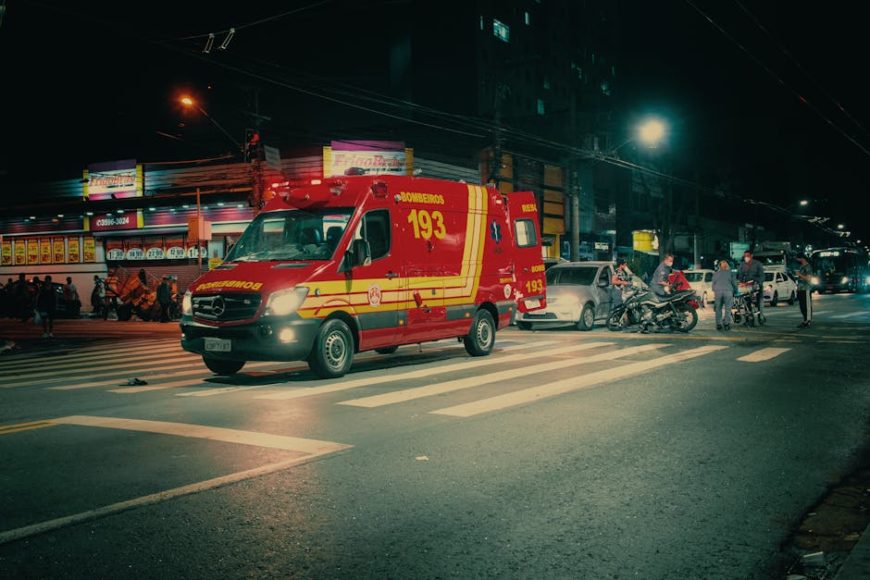- July 28, 2024
- By
- In Uncategorized
- 166
- 0

A collision can shake you up, but knowing the next steps can be your anchor. Let’s navigate through this together.
The first and most crucial step following a collision is to check yourself and others for injuries. Immediate concerns should be addressed before anything else, ensuring that everyone involved is conscious and able to move without further harm. If there are any serious injuries, call emergency services right away.
Even if the injuries seem minor or non-existent, it’s important to monitor symptoms over the following days. Some injuries, like whiplash, might not present immediately.
If the vehicles involved are operational and it’s safe to do so, move them to the side of the road or another safe location. This act can prevent further accidents and ensure the safety of everyone involved while keeping the passage clear for traffic.
Should your vehicle be inoperable, turn on your hazard lights to signal distress and caution to other motorists. It’s a simple yet effective measure to increase visibility and avoid further collisions.
It’s imperative to notify the authorities immediately after a collision, even if it seems minor. A police report can be invaluable when dealing with insurance claims and potential legal issues. The officers will document the scene and can help to objectively determine fault.
While waiting for the police, try to stay calm and refrain from admitting fault or blaming others. These moments are crucial for the factual recounting of the event.
Exchange necessary information with the other party involved in the collision. This includes names, contact details, insurance information, and vehicle registration numbers. It’s also beneficial to note the make, model, and color of the other vehicle(s).
If there are witnesses, consider obtaining their contact information as well. They could provide valuable perspectives if discrepancies arise later.
Use your smartphone to take comprehensive photos and videos of the collision scene, including damage to all vehicles involved, any visible injuries, property damage, and road conditions that may have contributed to the accident.
This documentation can be crucial for insurance claims and legal purposes. Remember to also keep a record of the date and time when the collision occurred.
Gathering this evidence provides a clearer picture of what happened, helping all parties involved and their insurance companies to understand the sequence of events.
Reach out to your insurance company as soon as possible to report the collision. Providing them with detailed information and any documented evidence will aid in processing your claim more effectively.
Your insurance agent can guide you through their claim process and what to expect in the days following the collision. Keeping timely communication can be key to a swift resolution.
It’s crucial to seek medical attention immediately after a collision, even if you don’t feel injured. Some conditions may not be immediately apparent due to the adrenaline rush. A thorough medical checkup can uncover any hidden injuries and ensure they are treated promptly.
Keep a detailed record of any medical treatments and examinations you undergo related to the collision. These documents can be important for insurance claims and potential legal actions.
Following a collision, it might be wise to consult with a legal professional, especially if there are disputes about fault, significant injuries, or complex insurance issues. They can provide guidance on your rights and the best course of action.
A legal advisor can also help navigate the often-complicated processes following a collision, ensuring you receive fair treatment and compensation for your losses.
In the whirlwind that follows a collision, it’s the steps you take that pave the path to recovery, both for you and your vehicle. Armed with knowledge and swift action, you can ensure the safety of all involved and a smoother journey back to normalcy. Remember, every action you take from the moment of impact can make a significant difference in the aftermath.